When the editors at The Engineer sat down to discuss this year’s INWED special feature, we knew we wanted to focus on the exciting and challenging nature of the work, rather than get bogged down in facts and figures around the gender gap. Highlighting the sector’s shortcomings with respect to female representation is incredibly important, and something that’s addressed across several pages in this issue. But INWED is also about championing the exceptional women who are bucking the trend, sharing their stories and showcasing engineering as a diverse, engaging and rewarding career.
Since our last INWED special 12 months ago, ‘diversity’ has become something of a dangerous word, even spoken of with contempt in certain quarters. As a result, countless companies and organisations are quietly scrapping initiatives to fall in line with the prevailing political winds. How this will impact workforce representation remains to be seen, but one thing is certain: diversity is a strength. Diversity of thought, diversity of background, diversity of education and skills - these things fuel innovation, creativity and progress, and any engineer worth their salt will tell you as much.
The 15 women featured below are a testament to diversity. Their achievements demonstrate that engineering is a profession for all, and their stories present a snapshot of engineering’s rich tapestry and the virtually limitless ways that engineers can impact the world around them. A huge thanks to both the Royal Academy of Engineering and the Institution of Engineering and Technology for helping us assemble the candidates. And of course a massive thanks to all of the incredible women for taking part and sharing their diverse collection of stories with us.
Marisa Kurimbokus
Head of Engineering at Raeon

Raeon is a startup specialising in the design and manufacture of custom battery modules for industries including marine, power generation and automotive. Our aim is to support OEMs to electrify their products, providing a battery solution bespoke to their application.
As well as supporting the design activities, I liaise closely with the manufacturing and programme teams to build our batteries. No two days are alike. I can be jumping from CAD design and design reviews, to recruitment interviews and meetings with customers, to being in the workshop.
When I first started my engineering degree, I had written off two areas of engineering: civil engineering and automotive engineering! After my first year, structures was one of my favourite modules, and in my final year, I had joined Cambridge University’s Solar Race Car team.
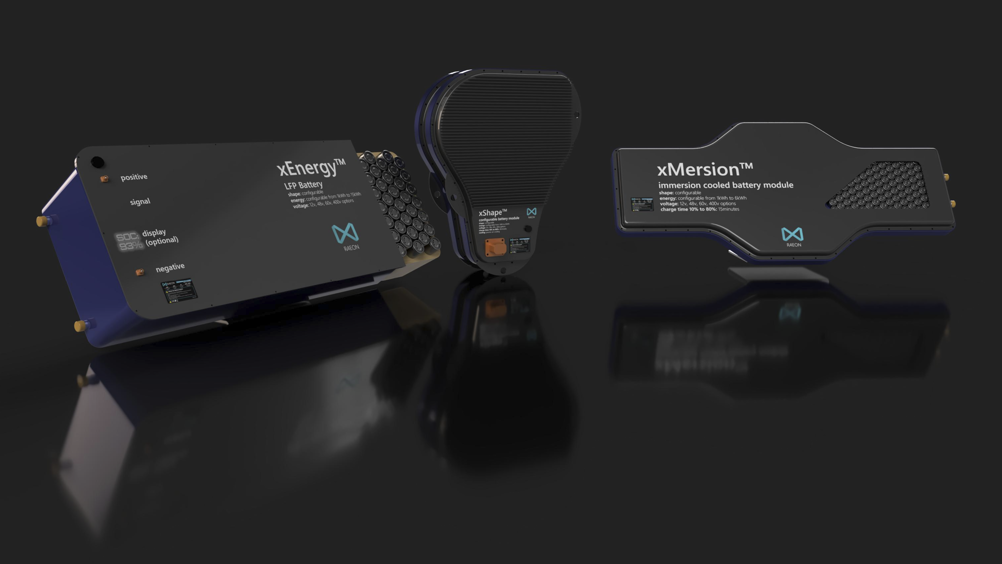
Coming from a family without any engineers, university really opened my eyes to the full breadth of engineering. After that, I didn’t look back. I started my career at Jaguar Land Rover, developing the aerodynamic strategy for body engineering to support the overall carbon emissions reduction programme. From there, I have worked at companies such as Triumph Motorcycles, Lyra Electronics and Aeristech developing alternative powertrain solutions.
For those considering a career in engineering, particularly automotive, I’d recommend keeping an open mind. Whilst working for big companies has many benefits, don’t rule out smaller, lesser known companies. These often have wonderfully unique solutions that feed into those larger companies, and the opportunity for growth and learning shouldn’t be underestimated.
Isobel Houghton
Deputy Technical Director for Power New Build at AtkinsRéalis

At AtkinsRéalis, I work on a wide variety of projects: from fission to fusion and from operating reactors to concept designs for the future. Recently I’ve been leading design and development of 3.5GW of clean power across three different designs.
I’ve supported newcleo in the first steps towards licencing of their lead-cooled fast reactor design in the UK, an innovative design which aims to close the fuel cycle. I’ve contributed to the design of STEP, which is a programme to develop and build the UK’s first fusion power plant. I’ve also studied the potential impacts of natural hazards, such as lightning, on the Sizewell site as part of safety assessment of key aspects of the Sizewell C project. I’m really proud that my work has contributed to preventing tens of millions of tonnes of CO2 entering the atmosphere.
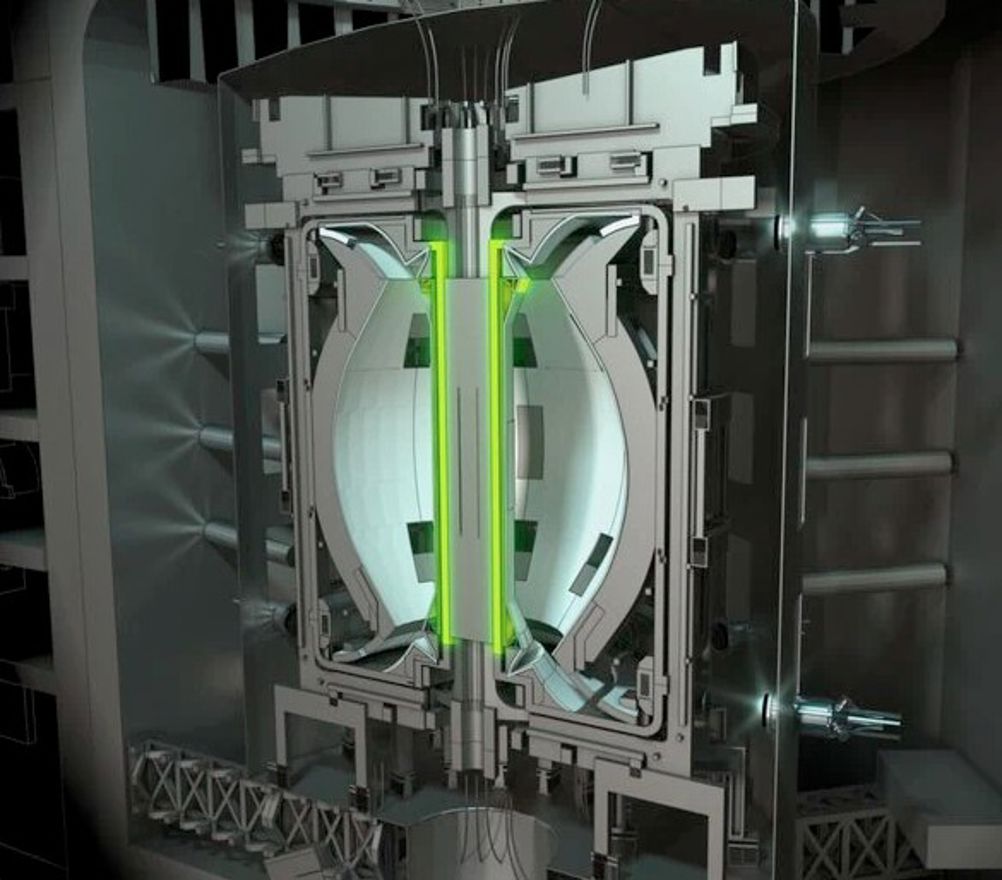
Since I started in nuclear, I’ve really benefited from on-the-job learning in the form of mentoring and coaching from colleagues. The nuclear sector really values its people and invests in training and development. As a Chartered Physicist and a Chartered Engineer, I’ve drawn on my physics research experience when analysing complex real-life datasets to draw conclusions and make recommendations to resolve engineering issues.
The breadth and diversity of the technical challenges in the nuclear industry means there’s always something new to learn, and you don’t have to have studied nuclear engineering to contribute. I really enjoy collaborating across different disciplines to solve problems, which expands everyone’s knowledge. And at the end of the working day you have the satisfaction of knowing you are reducing carbon emissions and contributing to reaching Net Zero.
Kirsty McDermott
Senior Welding Engineer at National Gas

I’m considered a Subject Matter Expert in the field of Welding and Materials. This means I get involved in all sorts of interesting activities, keeping my role incredibly varied and engaging.
Welders are the unsung heroes across industry. One that I don’t think enough young people know about, but I urge you to look around, you won’t be far from a weld! People forget to consider the work, the engineering, the talent that goes into creating welds. It’s unfortunately a dying art, which is why we need to encourage young people to think about it.
My primary responsibility is as the Policy Owner for the relevant documents related to my discipline. This means ensuring our standards are up to date with relevant industry practice. I also get involved in setting those industry standards too, through UK and International bodies. This leads to exciting, cutting-edge work researching new tools and processes.
I can’t shout about apprenticeships enough. I love that I’ve been learning whilst working and earning. It’s incredibly rewarding to apply theory in a real-world context and learning the job from experienced colleagues has always helped me apply that to my studies. I’ve been able to study up to MSc level whilst gaining over 15 years’ work experience too.
This is a really exciting time to consider a role in gas transmission. We have many challenges ahead of us as we prepare for the energy transition, but that’s what makes it so interesting.
Whether you’re interested in construction, research and innovation, or mechanical integrity, there’s a role for you. We’re always working to improve the processes, exploring automation and robotics, but behind all that you still need a skilful welder creating those joints, literally holding it all together.
Samantha Payne
Co-founder, Open Bionics

This year at Open Bionics we’ve launched three cutting edge, world-first technologies. The Hero PRO, Hero RGD (rugged) and MyoPods are all world-firsts. They form the first wireless bionic arm which is very important for users who want to be able to switch between different hands and attachments without having to carry multiple arms around. They also form the first fully waterproof bionic arm. It’s twice as fast, twice as strong, lighter, and still more affordable than competitors.
When I met my co founder I was a journalist interested in startups and on the side I loved making and prototyping. My interest in making comes from a passion for creation and not from a formal engineering background.
A number of the leadership engineering roles we’ve hired also do not have a formal engineering education. They taught themselves how to build synths, how to 3D model and mechanical engineer etc. At Open Bionics we interview using a ‘Show and Tell’ strategy. It’s a great way to surface talent. If you have an engineering degree, fantastic. If you don’t, show us something you’ve made.
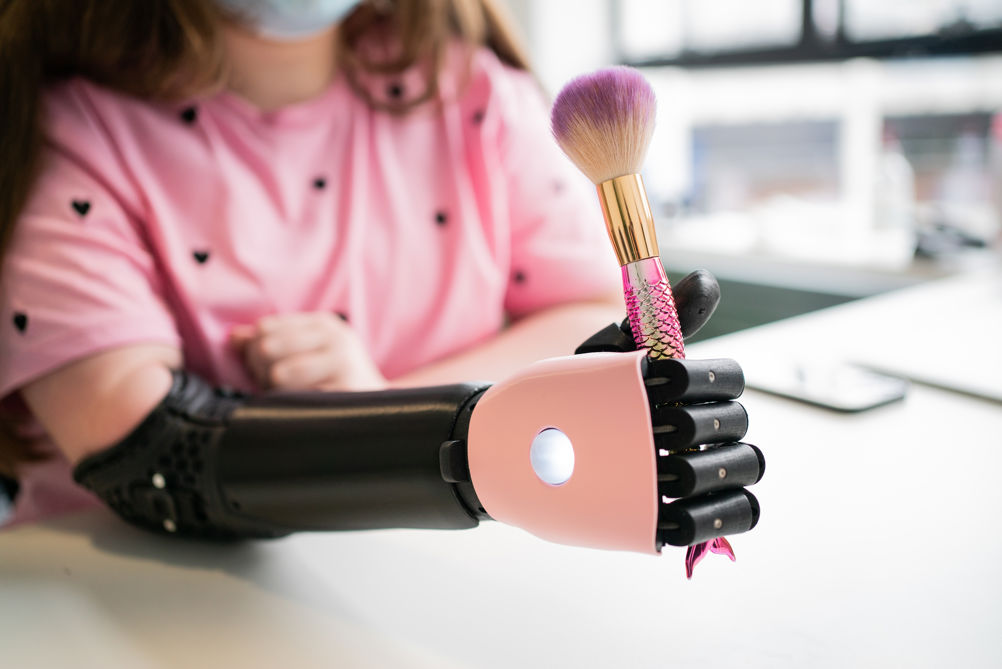
I’m working class from a council estate ranked as one of the worst in the UK. I’m also female and therefore much less likely to be able to access venture capital. What I have in my favour is work ethic and self-belief, and a co-founder who was willing to sacrifice and work as hard as I did.
You really do not need much to get started and it’s ok to spend a couple of years building out your dream while earning little. Traction will come. You do not need to rush into that graduate job. Keep your expenses low, borrow a desk, and build.
Professor Susan Gourvenec FREng
Professor Offshore Geotechnical Engineering at University of Southampton and Royal Academy of Engineering Chair in Emerging Technologies, Intelligent & Resilient Ocean Engineering

My current work focuses on developing innovative techniques and technologies to characterize seabed engineering properties, as well as optimising design methods for offshore systems that secure ocean infrastructure.
Th is vital to meet the ambitious offshore wind targets needed to achieve mid-century net-zero goals. We need to install the equivalent of the current total global offshore wind capacity every year until 2050.
I trained as a Civil Engineer with a BEng at University, specialising in geotechnics for my PhD. Early in my career, I worked on onshore road and rail projects in the UK before transitioning to offshore geotechnics with a move to Western Australia at the turn of the millennium.
After 17 years in WA, I returned to the UK in 2017 to take up my current position. Although my career has been predominantly in academia, it has been marked by close interaction with the private sector through research collaborations, consultancy, and standards development.
Geotechnical and offshore engineering can seem invisible, hidden in the ground or out at sea. However, even if out of sight, geotechnical engineering supports all our built infrastructure and utilities, while offshore engineering brings energy and food and carries over 99 per cent of internet traffic through seabed cables!
No matter the engineering field, immerse yourself, join the professional community and build a diverse network. Be the colleague you would want to work with.
Dr Ama Frimpong
Head of Product Development at 52 North Health

Neutrocheck is a low-cost finger prick blood test and digital platform that provides a rapid and reliable result at home, helping doctors to identify patients at risk of neutropenic sepsis - a fatal side effect of chemotherapy. As Head of Product Development, I lead our engineering team in the creation of the product.
My route into biomedical engineering was unplanned. I always aspired to be a medical doctor, and so during my A-levels, I applied to do a taster course at Queen Mary University. In a twist of fate, I was placed on the biomedical materials engineering programme and that’s where I discovered that my passion for tinkering could be merged with my interest in healthcare to become an impactful career. I went home, changed my UCAS application, and the rest is history.
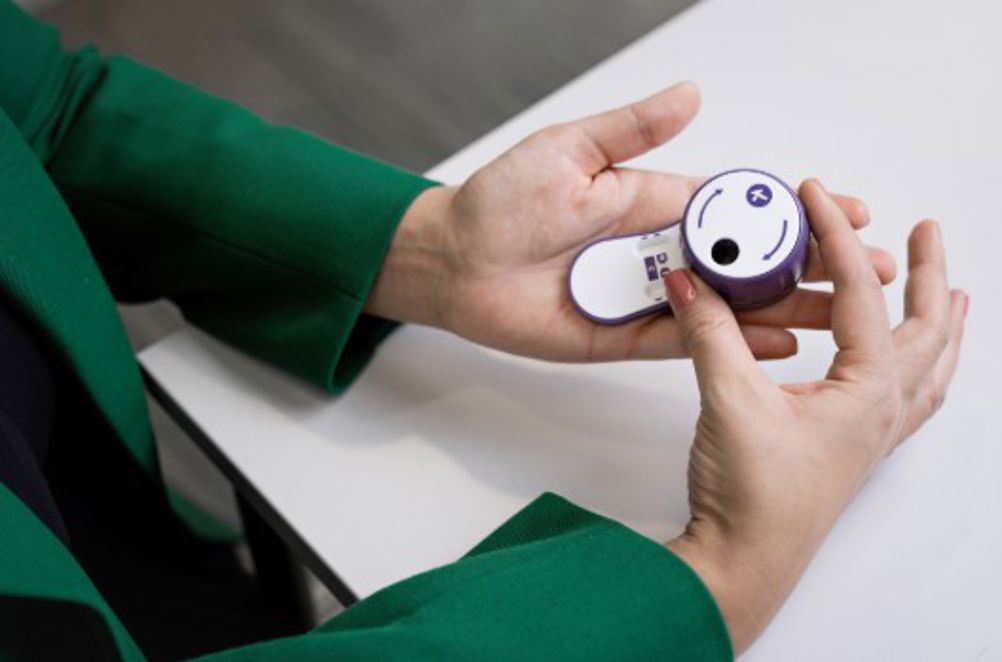
With little to no early guidance or mentorship, I’ve had to learn and adapt every step of the way. I began in materials science and engineering, then gradually carved a path into medical and mechanical engineering, driven by curiosity and purpose.
What I love most about working in medtech is seeing the real-world impact of healthcare innovations in people’s daily lives. There’s a deep sense of purpose in knowing that someone is healthier or safer because of a solution I’ve been part of developing. One of my core career motivations is improving global health, driving forward equitable, high-performing innovations that reach and benefit diverse populations around the world.
It is such a dynamic, multidisciplinary sector to work in and I encourage any young person exploring medtech to absolutely do it. Pathways into medtech are so varied and there’s no single or right path to use.
Sophie Harker
Engineering Manager, Space, BAE Systems Digital Intelligence

I’m an Engineering Manager within the space business unit, meaning I lead and co-ordinate engineering teams to deliver a range of satellites and space-based projects.
Currently, my major project is a ‘Phase A’ study to develop spacecraft designs for a seven-satellite constellation for the European Space Agency (ESA) which aims to help us understand the impacts of space weather.
When I was 16, I went to Kennedy Space Centre and decided I wanted to be an astronaut (and still do!). A few years later, I was fortunate to meet Dr Helen Sharman, the first British person in space, who opened my eyes to exploring a career in engineering. Coming from a working-class background, I didn’t know what an engineer did - I genuinely thought it was someone who fixed your washing machine!
I was studying maths at the University of Nottingham at the time, so I tailored my degree towards applied maths, such as fluid dynamics, electromagnetism and relativity. I applied for a BAE Systems internship and really enjoyed it, so returned on the graduate scheme after completing my Masters in maths. Since then, I’ve worked on lots of exciting projects, including spaceplanes, satellites and electric aircraft – and even became an analog astronaut!
But my journey is just one of many routes into the space industry. There are a number of different options – whether you go to university or do an apprenticeship. The main thing is having passion for the field.
Dr Roni Savage FREng
Founder and Managing Director, Jomas Associates

I established Jomas in 2009 to provide high-quality solutions for land developers across the UK. Our work ensures safe, sustainable construction through pragmatic site investigations and development of remediation strategies to facilitate the development of brownfield land. Recent projects include buildings and infrastructure developments as well as regeneration schemes for private and public sector clients. My passion for engineering and problem-solving drove me to create a business that not only delivers excellence but also champions positive change in the industry.
My career began with a degree in Engineering Geology and Geotechnics, followed by a master’s in Environmental Management. I worked on significant projects like the M25 widening before founding Jomas Associates. Other career highlights include becoming a Fellow of the Institution of Civil Engineers in 2019 and a Fellow of the Royal Academy of Engineers in 2024, as well as being conferred with an honorary doctorate by my alma mater for services to the construction industry. I’ve also had the privilege of advising Lord Sugar on The Apprentice and receiving numerous awards, including Black British Business Person of the Year in 2018 and Business Woman of the Year in 2024. My journey has been about breaking barriers and proving that women can thrive in construction and engineering.
Engineering is a field of endless opportunities, but success requires purpose, resilience, and passion. My advice is to embrace challenges, seek mentorship, and never let stereotypes define your path. It’s okay to be the trendsetter - hard work and continuous learning are key. If you love problem-solving the engineering industry will reward you.
Dr Elizabeth Gilligan
Co-founder and CEO of Material Evolution

A staggering eight per cent of global CO2 emissions come from the cement industry. Our goal at Material Evolution is to save a gigaton of CO2 from being produced by 2040.
We’ve developed a game-changing patented alkali-fusion process, which enables us to produce MevoCem, an alternative cement using no heat and 85 per cent lower carbon emissions. We also built and launched the UK’s largest ultra-low carbon cement factory in Wrexham last year in just eight months, allowing us to produce MevoCem at scale.
As CEO and co-founder of Material Evolution, I tend to support with the highest priority activity, which can often involve finding new customer and investor partnerships to further scale our technology.
As a former materials researcher at Foster + Partners, I developed a unique understanding of the built environment sector. I was studying for a PhD in Sustainable Cements at Queen’s University Belfast when I had my ‘lightbulb’ moment – realising that the world needed a scalable solution to traditional cement and wondering if heat could be removed from the process.

I set out to find the answer from my parents’ garage, because no one else seemed to be tackling the problem head on. In the process, we discovered alkali fusion, which enabled the phase change needed to create green cement.
It would be great to see more young women in the sector. Mentors are really important for helping to develop your knowledge and understanding, and people are far kinder and much more willing to share their time and expertise than we often assume. It’s always important to keep on asking questions, as I believe that curiosity builds tenacity, and that’s a really essential trait for any young person looking to start out on their own.
Dr Sarah Williamson FREng
Technical Director, Laing O’Rourke

After many years in the development and delivery of major construction programmes I am now working on new approaches to infrastructure project delivery, helping the UK reliably deliver critical infrastructure at scale and pace.
I’ve had a very varied and enjoyable career - so far! I started off working with my dad on small building sites, which I absolutely loved. I didn’t start studying until I was 21 and didn’t do any STEM subjects! I did a degree in civil / structural engineering, a PhD in structural engineering and then went straight into lecturing at the University of Birmingham.
Once I was chartered, I decided to go into industry and went to work for a designer. In addition to designing new structures I spent a lot of time assessing existing structures in order to extend their working lives.
After a fun few years working in design I moved back to where I started, only on a much bigger scale. For the last twelve years I’ve worked in construction - mainly nuclear new build, both Hinkley Point and Sizewell. During this period my mission and purpose has been about finding ways of working that have the dual benefit of improving the lives of our workforce and how mega projects are delivered.
My advice is don’t be afraid to be yourself. We need change - if you have ideas and passions pursue them. Do what you care about and find your own way.
Dr Arielle Torres
CEO and Co-Founder of Pipeline Organics

Our next generation fuel cell technology leverages advanced manufacturing and biochemistry to turn sugar-rich wastewater into clean energy.
The fuel cells can be retrofitted seamlessly into existing site infrastructure thanks to 3D printing which enables custom electrode geometries. Our technology draws on renewable feedstock and generates continuous electricity to power the operational equipment directly on site, bringing energy generation in-house
I completed an MEng in Mechanical Engineering at the University of Nottingham in 2019, then pursued a PhD at the Centre for Additive Manufacturing focused on developing low-temperature powder-based 3D printing processes and materials. During my PhD, I met my co-founders – Eric, Keyvan and Andy. We drew on complementary skills across mechanical engineering, design, additive manufacturing, materials science, molecular biology and biochemistry to conceptualise our first-of-a-kind 3D printed enzymatic fuel cell.
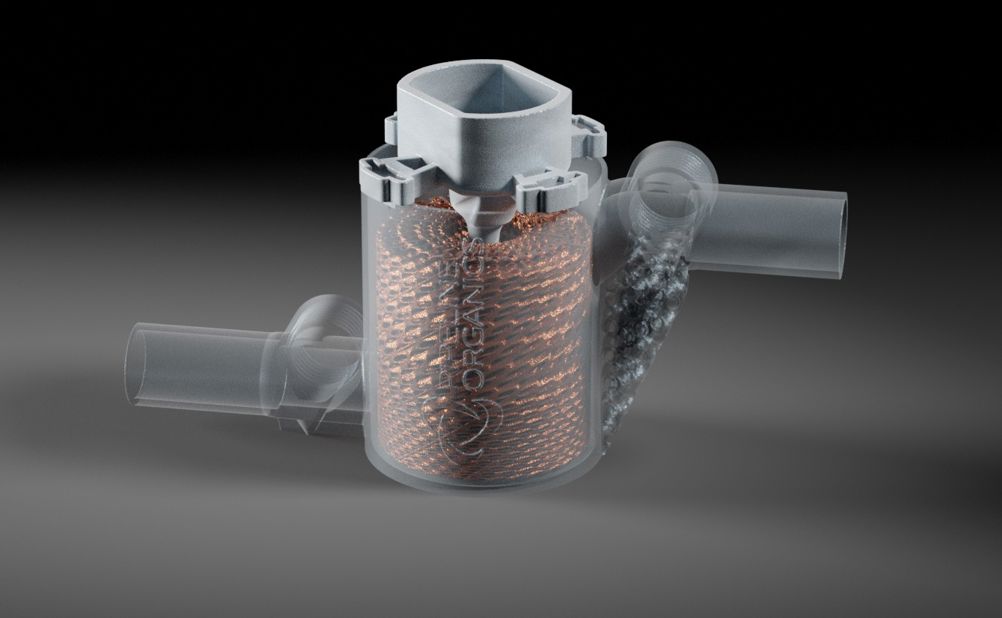
Building a successful company from the ground up is already a challenge in itself. Integrating a cutting-edge/novel technology that’s never been done before introduces additional difficulties and hurdles to overcome, particularly for hardware products. Everything takes longer, costs more and is littered with extra risks and pitfalls.
Before setting out, ask yourself honestly what is driving you. Whatever the reason, remind yourself regularly, particularly through the difficult times and always check in with yourself to make sure you’re aware of those drivers, as they will likely change!
Dr Catherine Ramsdale FREng
SVP Technology, PragmatIC Semiconductor

At Pragmatic Semiconductor we’re pioneering flexible semiconductor technology, sustainably delivering edge and item-level intelligence at scale.
Our ultra-thin chips offer new ways to bridge the physical and digital worlds, enabling a vast range of IoT applications. We use a unique, low-temperature process that offers rapid innovation cycle times and consumes less energy, water and chemicals than standard semiconductor production. This gives our chips an industry-leading carbon footprint that’s significantly lower than standard chips.
As SVP Technology, I lead the development of our next-generation technology platforms. My entire career has been dedicated to flexible electronics. My PhD centred on researching organic semiconductors for photovoltaic applications, after which I joined Plastic Logic, an early-stage start-up that was developing flexible organic transistors. I began as an engineer, progressed to leading the research work, but took a step back when I had children to focus on family.
When I was offered the opportunity to join Pragmatic and help develop a new transistor technology, I jumped at the chance. Back then, we were just a handful of employees. Now, the company has expanded to almost 400 people, bringing in specialist skillsets across a wide range of engineering disciplines. It’s fantastic to work with such talented individuals who have taught me so much about every facet of development.
Aside from technical know-how, one of the most important qualities is curiosity: flexible electronics is an emerging field, and answers may not always be found where you expect.
That said, it’s important not to spend time re-inventing something that already exists. Innovation for innovation’s sake benefits no one. Make the most of existing knowledge to free up your creativity for the areas where it’s truly needed.
Professor Magda Titirici
Professor of Sustainable Energy Materials, Imperial College, London

I lead a research group focused on delivering rigorous, innovative work in sustainable energy, ranging from next-generation battery technologies to converting waste into chemicals and fuels using renewable electricity.
Equally important is supporting my team’s development, providing training and opportunities for them to grow. I’m also committed to helping early-career academics navigate research funding and build collaborative networks.
After graduating from University of Bucharest, I began my PhD at Johannes Gutenberg University Mainz and completed it at the Technical University Dortmund. As a postdoc at the Max Planck Institute of Colloids and Interfaces, I made a serendipitous discovery that shaped my career. I learned to follow curiosity and not shy away from unfamiliar territory - this led to my first independent position as a group leader at the same institute.
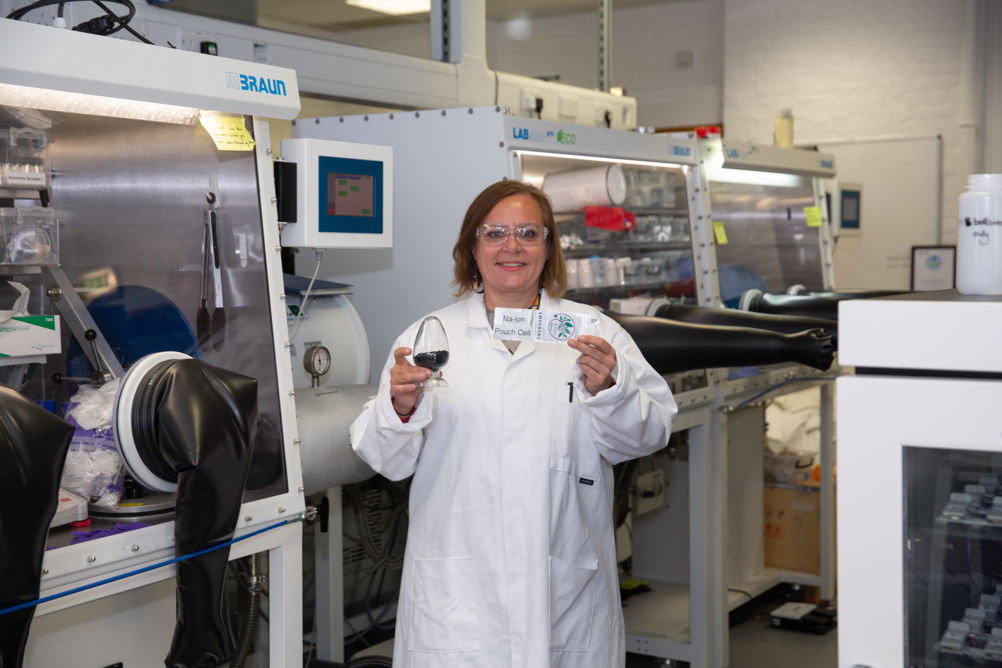
In 2019, I joined Imperial College London in the Department of Chemical Engineering. This role has been incredibly rewarding, allowing me to grow and manage a large, diverse team and to experience the strength and impact of collaboration at scale.
Academia has become increasingly competitive and demanding. Compared to 20 years ago, securing research funding is much harder and universities now expect academics to wear many hats: scientist, expert policy expert, psychologist, technician, and budget manager. Despite these challenges, I believe there is no more rewarding career. The freedom to explore your own ideas and align your work with your personal values is truly unique.
Itxaso Ariza
CTO, Tokamak Energy

I am the company’s first CTO, accountable for technology strategy and development. Beyond cementing our presence in global fusion public-private partnerships, it’s my job to maximise and accelerate the benefits we can bring to society with our expertise, knowledge and inventions.
I lead the team of scientists and engineers who make the magic happen in ST40 (the world’s highest field spherical tokamak), Demo4 (the world’s first full high temperature superconducting (HTS) magnet system in a fusion arrangement) and many other gems in our facilities. I love the ability to walk over and see cutting-edge science taking place in so many different ways under the same roof.
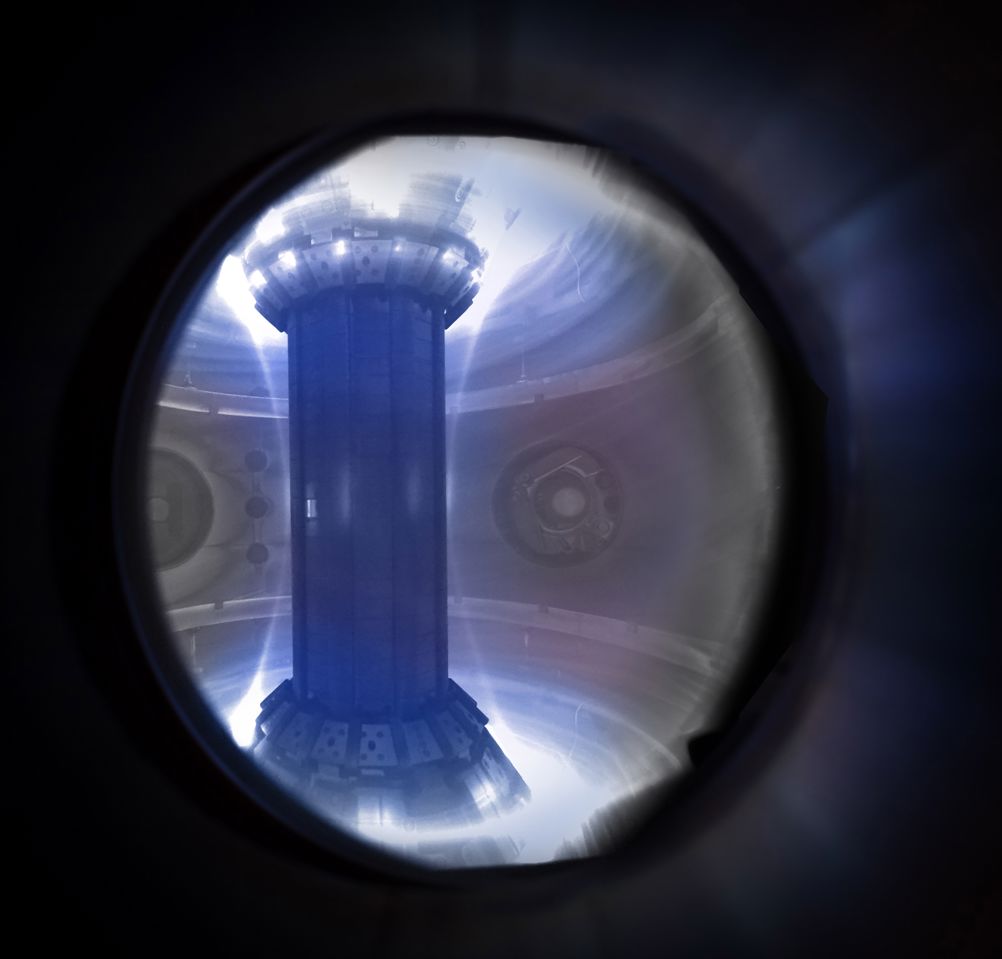
I studied Mechanical Engineering and got a job in Rolls-Royce - a true beacon of engineering excellence - and thus moved into aerospace. In the nearly 20 years spent at Rolls-Royce, I further developed my technical integration and leadership skills and wanted to use them to play a role in the development of a cleaner energy future for my daughters’ generation and those to come. Fusion is the best complement to renewables and it also happens to be the home to a lot of cutting-edge technology development, which as an engineer you always feel attracted to.
Science and engineering are all about curiosity, being guided by data and not being afraid what it will tell you. The relentless pursuit of the truth. Remain curious. It’s fascinating to learn something new every day, which is what happens when you take a career in engineering. Being surrounded by people who are cleverer than you is a blessing, not a threat – so if you feel like everyone else knows more than you, you’re in the right place for your development.
Natalie Parker
Technical Specialist and Manager for Operational Technology Group at Sellafield

My role is extremely varied from providing technical support to front-line engineers and project delivery teams, supporting technical centric groups to allow collaboration and innovation on obsolete technologies, providing process and assurance support to our engineers, leading on the standardisation of maintenance on Operational Technology across Sellafield as well as providing technical and process delivery modules to our Degree Apprentices.
My most challenging project was as a front-line engineer in the Thermal Oxide Reprocessing Plant (THORP). A problem occurred which halted the reprocessing of nuclear fuel. I worked alongside my colleagues to develop a complex system modification which enabled THORP to complete reprocessing operations.
When I was in sixth form in 2010, university fees rose from £3000 a year to £9000 a year and I started to think more seriously about apprenticeships. I applied at my local training provider for an E&I craft apprenticeship. During the interview, the company discussed how my grades and my passion for STEM and problem solving fit well with the Control Systems apprenticeship. I had no previous experience of coding but was assured the program offered excellent training and support from the get-go. I have never looked back on my decision.
Engineering and technology is a vast and exciting field to work in. The challenges, innovation, opportunities, and development are incredible. The skills and knowledge you develop can be transferred between industries taking you all over the world. It is important to push yourself out of your comfort zone, continue to learn and surround yourself with people who advocate for you and allow your knowledge and skills to shine.











INWED Engineering Profile: Naval Architect Ellie Driver
Not a woman I´d want to cross … oh, that was Elle Driver